One was an attacker. One was a volunteer first responder. One lost her leg. Another lost his little boy. And a police officer very nearly lost his own life.
Half a decade ago, these five lives probably never would have intersected. Then bombs bloodied the finish line of the Boston Marathon, killing three spectators, wounding 260 others, and forever linking a villain to his victims and the heroes who rushed to help them.
The attacks of April 15, 2013, touched off a manhunt that mesmerized the world.
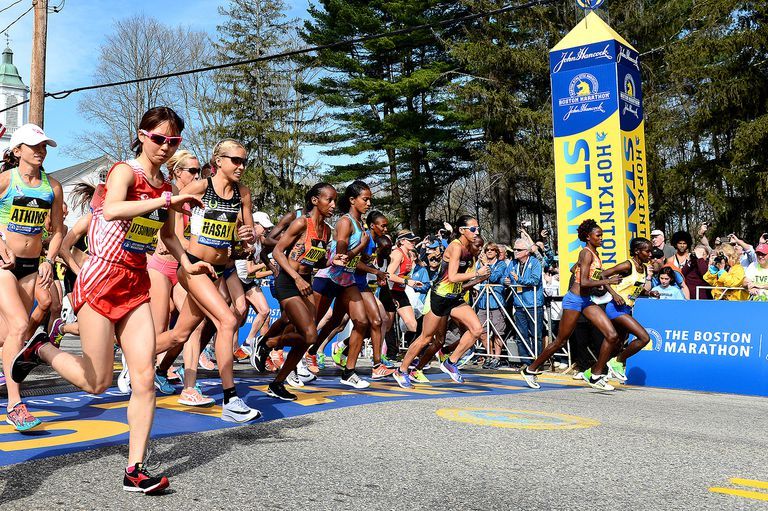
Boston ordered its people to shelter in place. Red Sox and Bruins games were canceled as police in tactical gear and armored vehicles fanned out across the city.
Five days later, one bomber was dead, another was in custody, and locals had united around a social media hashtag that gave voice to their grit and resilience: #BostonStrong.
Who did it?
Dzhokhar Tsarnaev
THEN: College classmates knew him as "Jahar" "” a goofy young man more interested in getting high than studying.
But prosecutors say he and his older brother, Tamerlan, became radicalized after the family moved to the U.S. from Russia in 2002.
Chilling video shows the brothers mingling with the crowds near the marathon finish, their backpacks concealing crude pressure-cooker bombs. Prosecutors said they wanted to retaliate against the U.S. for its actions in Muslim countries.
Tamerlan was killed days later in a shootout with police; Dzhokhar was captured hiding in a boat.

NOW: Tsarnaev, 24, has been on federal death row since his 2015 conviction for deadly use of a weapon of mass destruction and other counts. He is being held at the supermax prison in Florence, Colorado, a lockup nicknamed the "Alcatraz of the Rockies."
Jurors approved death by lethal injection, but years "” perhaps decades "” of appeals await.
In his own words: "Stop killing our innocent people and we will stop," he scribbled inside the boat before his capture.
Following the recent fifth anniversary of the attack, here's how some of the survivors and first responders have been holding up:
The Survivors
Rebekah Gregory
THEN: Gregory was near the finish line with her 5-year-old son, Noah, and her boyfriend when bomb shrapnel shredded her left leg.
She later wed the boyfriend in a fairy tale ceremony featured on TLC's Say Yes to the Dress. But in the emotional aftermath "” after enduring dozens of operations in a desperate effort to keep what was left of her leg, she finally had it amputated below the knee to stop her chronic pain "” the marriage ended.

NOW: Gregory not only survived, but thrived. She married her college sweetheart and moved to Houston, where the Astros put her on a baseball trading card.
She had a daughter, Ryleigh, despite being told she probably couldn't have any more children. She established the Rebekah's Angels Foundation to help children with post-traumatic stress disorder. And she wrote a book, Taking My Life Back.
In her own words:
"Normalcy goes out the window. You have to figure out how to piece your life back together. This has made me look at life from a whole different perspective. I wake up just grateful to be alive and to have one more moment with my husband and our beautiful children. You count your blessings or you count your problems."
Carlos Arredondo
THEN: Millions know him as the man in the cowboy hat who helped save the life of marathon spectator Jeff Bauman, the double amputee played by Jake Gyllenhaal in the 2017 movie "Stronger."
Arredondo had become an anti-war activist and suicide prevention advocate after one son was fatally shot by a sniper in Iraq and another killed himself, and he was at the finish line handing out American flags when the bombs went off. Instantly, Arredondo became a symbol of courage.
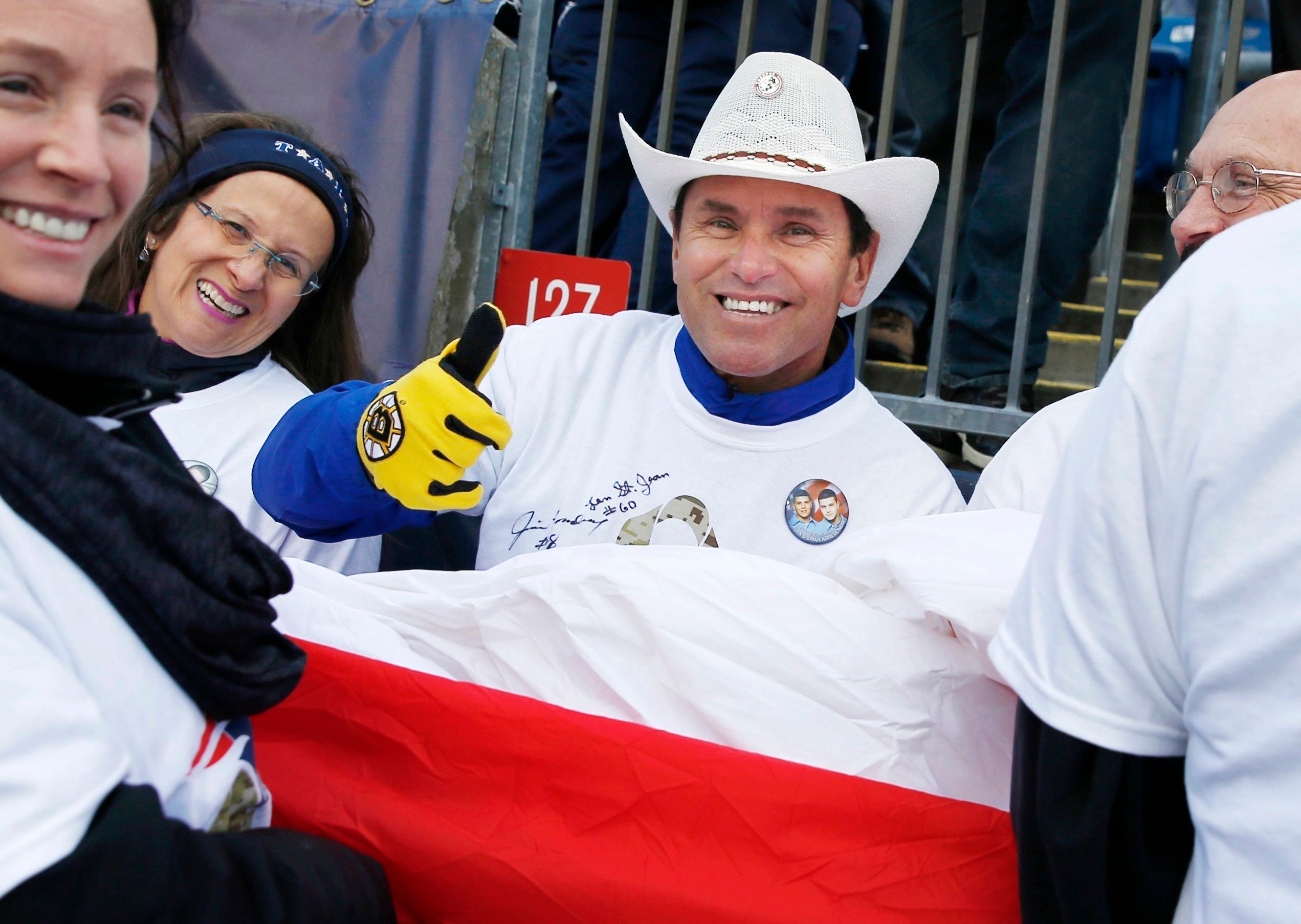
NOW: Arredondo continues to do whatever he can to help others. He volunteers with the Red Cross, and his Arredondo Family Foundation works to prevent military-related suicides and hand out Thanksgiving turkeys to veterans and their families.
He's now preparing to run his first Boston Marathon.
In his own words:
"What many people don't realize is that first responders also go through some of the same trauma as survivors. I've been dealing with some issues, but that doesn't slow me down. It's been an amazing journey."
Bill Richard
THEN: Cheering the marathoners at the finish line was part family tradition, part rite of spring, so Richard; his wife, Denise; and their three children were all at the finish that fateful day.
Eight-year-old Martin was standing next to one of the bombs; he died on the sidewalk. The bright-eyed little boy lives on in a widely circulated photo showed him holding a poster he'd created the year before with the message: "No more hurting people "” peace."

NOW: Richard and his wife astonished many by asking that Tsarnaev be spared the death penalty, if only so their family wouldn't have to relive their ordeal through future appeals proceedings.
In Martin's memory, they've since set up a foundation and helped create a new park downtown where kids can play.
In his own words: "Good will always triumph. It's really not even close."
Dic Donohue
THEN: When police in suburban Watertown frantically radioed that they were exchanging fire with the suspected marathon bombers, officers from virtually every law enforcement agency imaginable responded.
Donohue, a transit police cop, soon found himself in a firefight. A bullet likely fired by a fellow officer severed his femoral artery. Donohue's heart stopped ; he had lost so much blood, it had almost nothing left to pump.
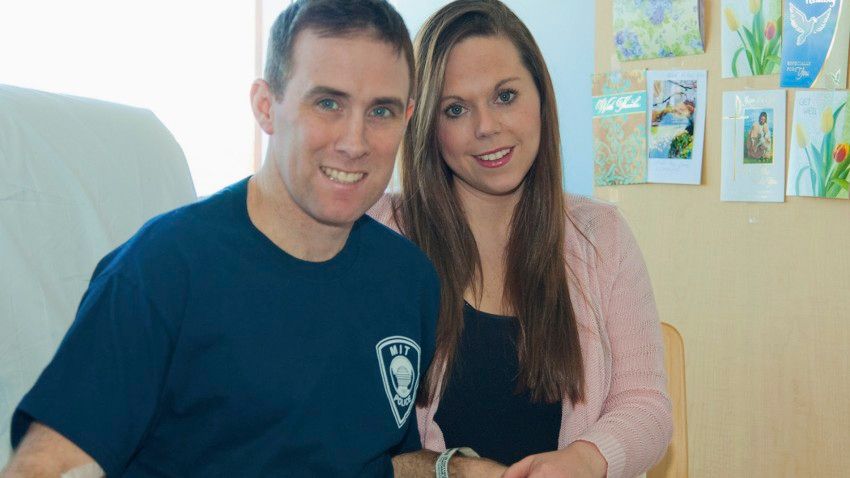
NOW: After being promoted to sergeant, Donohue retired from the Boston transit police, citing complications from his injuries.
He and his wife since have welcomed a second son and were expecting their third around this year's marathon on April 16, and Donohue has a new career as a public speaker and officer safety trainer.
In his own words: "I try not to dwell on the past. I'm in pain every single day but I don't let it get the best of me. These days I'm making an impact on my community in a completely different way."
Jessica Kensky and Patrick Downes
THEN: The newlyweds and past Boston Marathon participants were enjoying a "perfect" day, cheering on the runners from a spot close to the finish line.
They were only there for 10 minutes, but that was long enough for their lives to change forever.
Downes lost his left leg, and Kensky lost both.
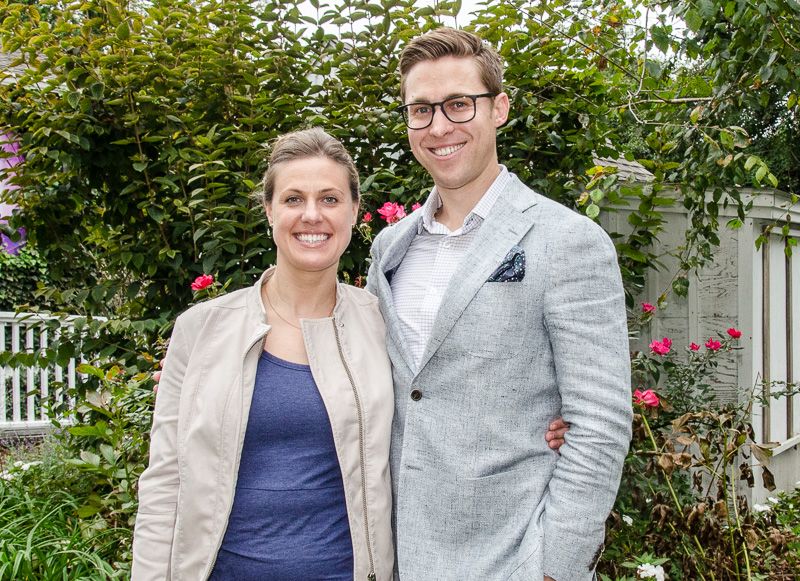
NOW: The couple have been unstoppable since their recovery. They both returned to the marathon in 2014 using handcycles, and in 2016, Downes completed the race on a prosthetic running blade. He was the first bombing amputee to finish the Boston Marathon on foot.
They've released their first children's book titled Rescue & Jessica: A Life-changing Friendship this year. It is inspired by their service dog Rescue, and is loosely based on Kensky's experiences with learning to live with two prosthetic legs. The proceeds will go to National Education for Assistance Dog Services (NEADS).
Downes and Kensky's story has also been featured in the HBO documentary Marathon: The Patriots Day Bombing and the movie Patriot's Day starring Mark Wahlberg.
In Downes's own words:
"It has permeated every ounce of our lives," he said. "There's a lot of sadness to unpack and a lot of rich, positive feelings too, and we can experience those at the same time, not only individually, but as a team."
Dave Fortier
THEN: It was Fortier's first marathon, and his 13-year-old daughter was on the sidelines proudly waving at her dad, until chaos ensued.
Luckily, the teen didn't sustain any injuries, but Fortier was left with hearing lost, sharpnel injuries, and PTSD.
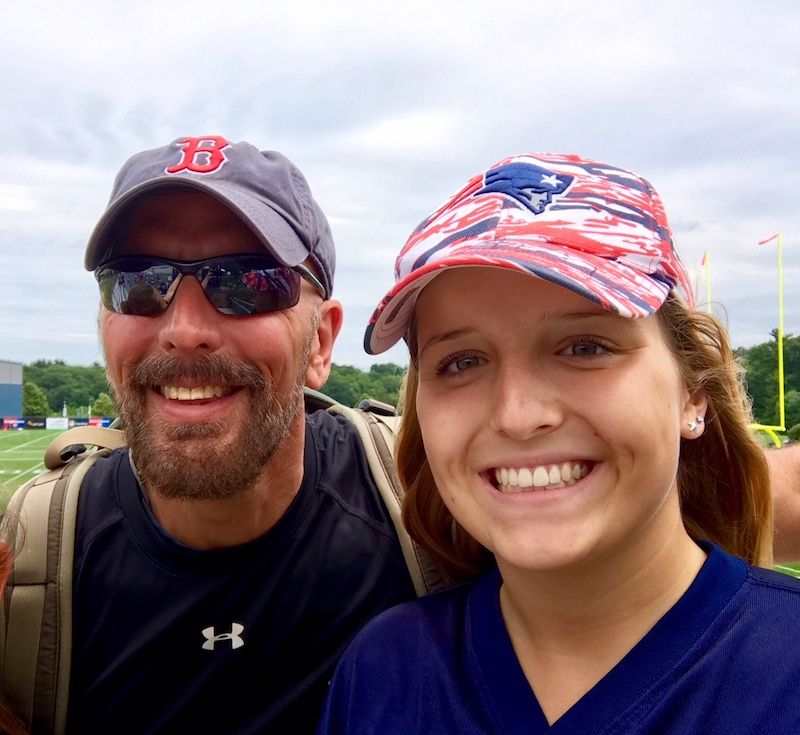
NOW: Fortier credits a big part of his recovery to Semper Fi Fund, an organization that connected injured Marines with the Boston survivors.
He is paying it forward with his own organization called One World Strong. Co-founded with fellow survivors Celeste Corcoran and Michell L'Heureux, the nonprofit arranges for trauma victims all over the world to meet with others who have been in the same position as them.
One World Strong has helped survivors and family members of the Sandy Hook shooting, the Las Vegas massacre, the Manchester bombing, and even the recent high school rampage in Parkland, Florida.
For the first time since the attack, Fortier ran the Boston Marathon this year. Again, his daughter, now 18, was by his side.
In his own words:
"You hear a lot about "Boston Strong," resilience, and recovery. I've seen what that means. I've witnessed people learn how to walk again with one leg, or learn how to walk with two new legs. People just don't give up, we adapt and we persevere."
It's amazing to see how well these survivors are taking their lives back. It's also inspiring that so many of them have chosen to give back and help others were have lived through similar experiences.
[H/T: Files from AP]
For more inspiring stories, check out:
He Saved Her Life After A Terror Attack, Now He's Got A Life-Changing Request
Veteran with Prosthetic Leg Carries a Woman Across the Boston Marathon Finish Line
50 Years Later, The First Woman To Run The Boston Marathon Finished The Race Again

